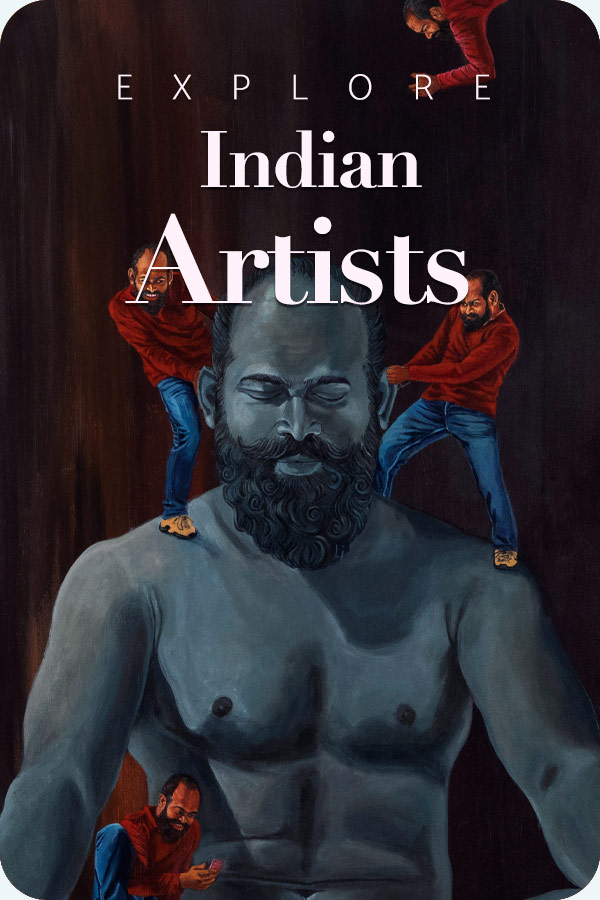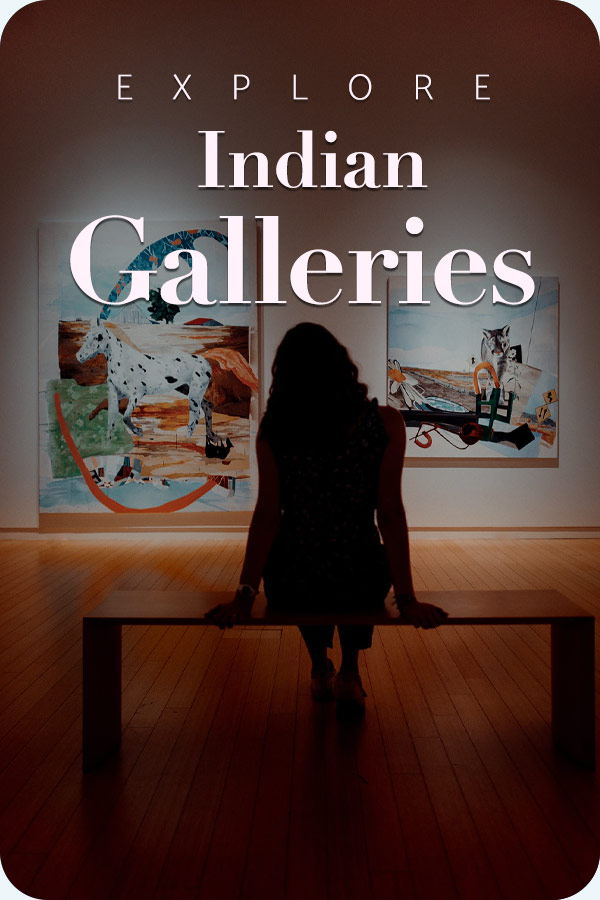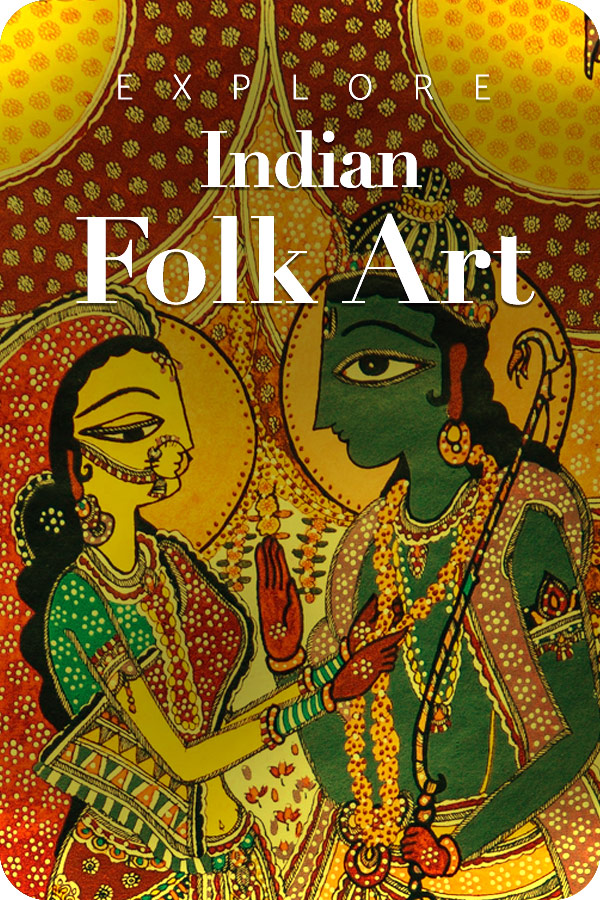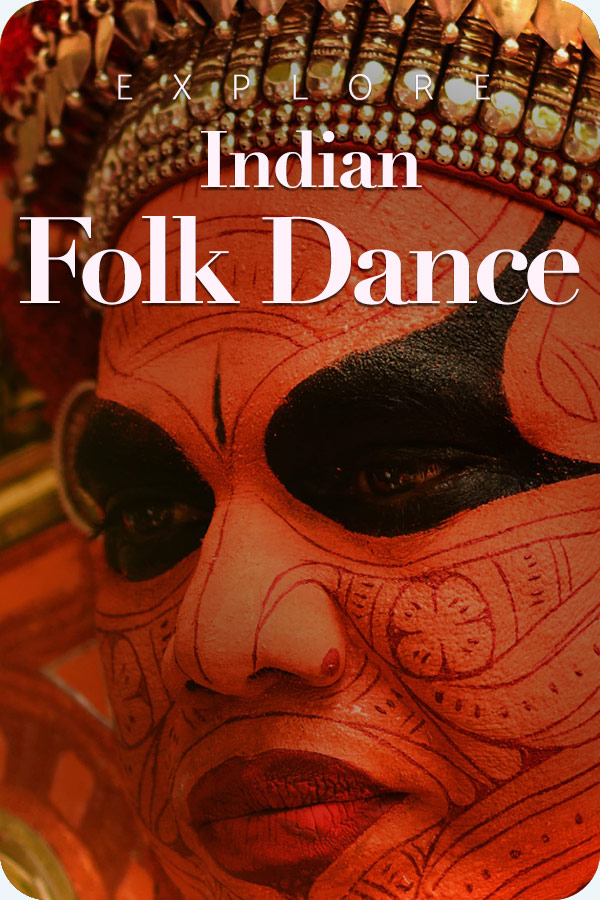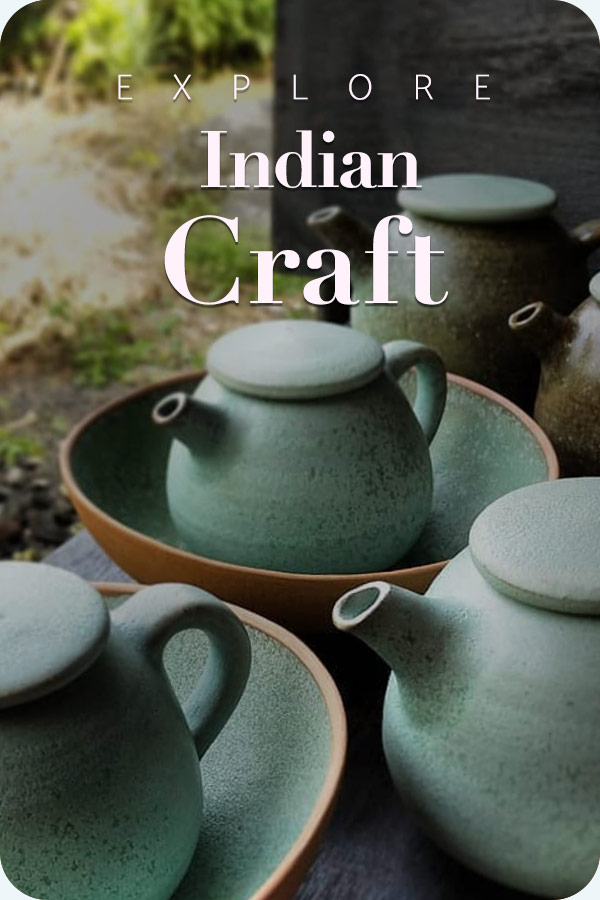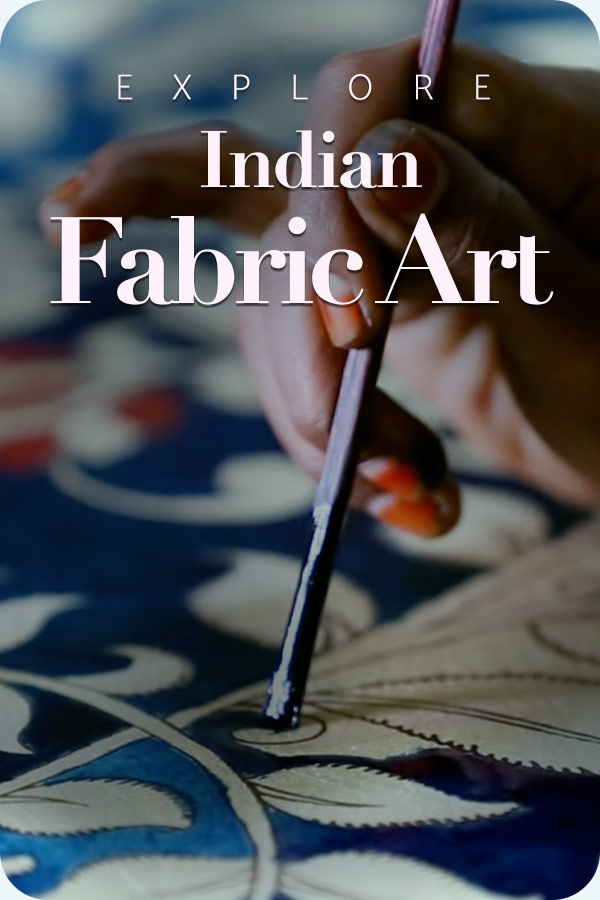
The state of Kashmir is known throughout the world for its culture, its picturesque beauty. After all, it is referred to as Paradise on Earth for a reason. Among its various attractions, prominent is the handicraft and handloom industry. The Kashida Embroidery, also commonly known as the Kasida Embroidery, is truly an integral part of what Kashmir has to offer. If one were to describe this embroidery style in a single word, it would have to be elegant. This is a style that has become popular for its grace, beauty, and usage of natural motifs in the same. It remains to be, to this date, one of the oldest embroideries in not only the state but the country and is truly the definition of evergreen for this is a style that will never go out of fashion.
Suggested Read – Embroideries of India – Showcasing the Skills of Regional Artisans
Origin of Kashida Embroidery

The Kashida Embroidery is said to have gained popularity in the region during the later Medieval Period, during the Mughal reign due to patronage and support provided by the rulers. However, its origin is said to go way back and this style is said to have been brought into practice by the native inhabitants of Srinagar themselves. An interesting aspect of this origin is that it was men who initially started manually embroidering this marvelous work of art. The embroidery requires great skill because truly elaborate and detailed needlework is required to achieve such creative and beautiful patterns. These are primarily woven into shawls or sarees and the motifs which customarily depict scenes from nature are created with the utilization of beads as well as colored thread adding grace and vibrancy to articles of clothing.
Styles of Kashida Embroidery

The main stitch used in this intricate embroidery is the single stitch, the Kashida Embroidery mark. Apart from that, various other types of stitches used are in this embroidery:
- Satin stitch: These are flat stitches in a series that as a cover for a complete background area in its entirety on a piece of clothing. These provide smooth figures as well as even lines and are often ornamented over by other stitches that add to the charm of the embroidery.
- Herringbone: A prevalent and widely used stitch in this type of embroidery, the herringbone stitch, creates a beautiful pattern of the carcass of a herring, a fish, as depicted by its very name.
- Stem stitch: It is a stitch that is very common with actually various types of surface embroidery because this is a base stitch that is used to create thin lines as well as an outline for the embroidery and thus proves to be very beneficial
- Knot stitch: This is a particularly useful stitch in the Kashida Embroidery. The knot stitch or as commonly called, the French Knot is a decorative stitch that adds to the beauty and grace of this embroidery. A single thread is winged around the needle to form such elegant designs that form an essential part of the embroidery
- Chain stitch: Again, a prevalent stitch for embroidery, the chain stitch is a looped stitch that consists of three separate loops and is used to create curved lines that contribute to being a part of a lovely design that will leave you in awe. This is a stitch that has been used for ages for knitting and crochet.

Stitches aside, myriad other elements come together to make the Kashida Embroidery as stunning as it is, some of which include sonzi work, which consists of amazing geometric designs and motifs, paper mache as well as aari work, another prominent form of embroidery and their fusion presents an outcome that one cannot simply help but praise and admire. As aforementioned, the threads used are multicolored, and royal colors such as silver and gold add a similar feel to the dress. The motifs depict scenes of nature which include but are not limited to designs of animals, birds, plants, and other such motifs. The result is something that is bound to catch your eye and will be inclined to buy such a piece yourself.
Such beauty should not be limited to just shawls and sarees, right? That’s why now, this embroidery can be observed on pillow covers, curtains, bags as well as western dresses which is just a look that can be described as mesmerizing. These motifs are now being worn all around the world on even jackets along with jeans which makes them so unique and extraordinary. It is worn especially on joyous occasions such as festivals like Holi, Diwali, Navratri, and weddings. It is truly a matter of pride that the Kashida Embroidery is worn and getting recognition throughout the entire globe.

When styling shawls or sarees with the Kashida Embroidery, it is generally considered best to pair it off with understated pieces to make the embroidery the crown jewel of your attire and not to overpower or let the articles of clothing clash so by keeping it simple, you can’t go wrong and let the Kashida Embroidery shine, which really won’t be a problem, considering since the motifs and the color range is simply gorgeous. Beaded jewelry compliments the look, especially with the use of beads in the embroidery itself.
The Kashida Embroidery is truly at the pinnacle of craft in the region of Kashmir and brings out the inculcation of craft in our culture and daily life. These motifs and designs highlight and promote the creativity of the people as well as their hard work. The apparent popularity of the Kashida Embroidery also encourages the unification of cultures on a global scale. It is a truth universally acknowledged that craft unites people and therefore, its appreciation and patronage that allow it to grow further become our responsibility, so let us come together and make sure that this marvelous craft is shared.


